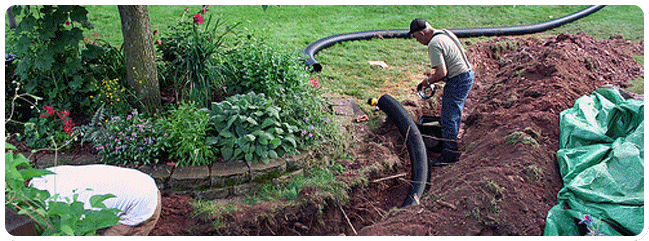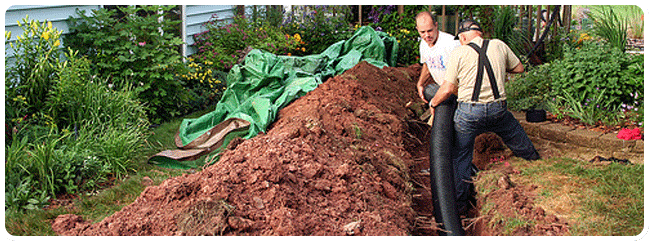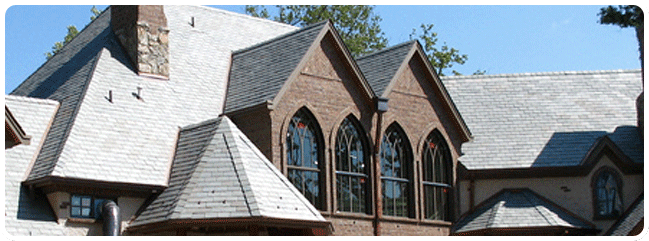Are you planning a roofing project? From the steep slope of a roofline to its varying degrees, there are many options when it comes to choosing what kind you want for your home. We’re going to break down what each type can offer before you make a final decision. Let’s get started!

What is Roof Pitch
Pitch describes the angle, slope, or slant of your roof.
Roof pitch designations are comprised of two numbers indicating a ratio. The ratio can be shown by a division slash separating the numbers, such as 2/12 or 7/12. Or, a colon can replace the slash, as in 2:12 or 7:12. Either way, the notation designates a ratio between two measurements of the roof—a numerator and denominator.
– Numerator: The numerator, or first number, refers to the vertical (height) measurement of the roof.
– Denominator: The denominator, or second number, denotes the horizontal (length) measurement of the roof. To make things a bit easier, for roofing purposes the denominator is always 12. Even though basic mathematics tells us that 12/12 can be reduced to 1/1, this is not done with a roof pitch. The denominator remains 12. Source: TheSpruce
Common Roof Pitches
The most commonly used roof pitches fall in a range between 4/12 and 9/12. Pitches lower than 4/12 have a slight angle, and they are defined as low-slope roofs. Pitches of less than 2/12 are considered flat roofs, even though they may be very slightly angled. Pitches above 9/12 are very highly angled and are designated steep-slope roofs. Source: Hunker
Pros and Cons
– Low pitch roofs are easier to install and safer to walk around to complete repairs and maintenance. This is fortunate since flat roofs are somewhat more prone to leaks and require frequent inspections.
– Low-pitch roofs are seldom used in regions of severe weather due to the stress of snow accumulation on roofs of structures.
– Flat roofs can be significantly cheaper to install than a pitched roof, but they will often require more maintenance. Flat roofs are popular in regions of sparse rainfall and are favored by modern architects in contemporary designs.
– Medium-pitched roofs come in a variety of styles and provide help with dispersing snow and rainfall while still being able to be inspected and repaired by the average homeowner by walking around the surface.
– High-pitch, non-walkable roofs are dynamic and present an exciting appearance, but they are more expensive to install, and repairs will be left to roofing contractors with all the necessary safety equipment. Source: RoofingCalc
If you need expert advice on what type of roof pitch and material you should go for, don’t hesitate to contact us. We are more than happy to help!
Contact:
Kerrisdale Roofing & Drains Ltd.
168 W 71st Ave, Vancouver, BC V5X 4S7
(604) 360-2114



















